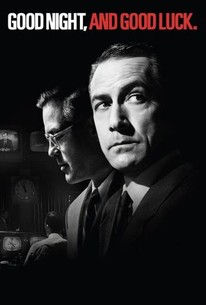EOTO 2 : Robert Capa
- Laura Plant
- Apr 23, 2021
- 3 min read

" If your photos aren't good enough, you aren't close enough" - Robert Capa
Robert Capa or original name (Hungarian form) Friedmann Endre Ernő, is seen as one of the greatest photo journalists of the 20th century for his war photographs.
But the greatest war photographer hated war.
Born in Hungry, at the age of 17 he was forced into exile due to his political offiliations. So he left his home country and headed to Berlin. Once in Berlin, he took up a job in a darkroom as an assistant processing photographs.
But interestingly enough being a photographer was not his first choice. He actually studied to be a journalist and wanted to be a journalist but not having any money he was forced to do another job that could help him pay for a place to stay and something to eat.
But why photography?
Well, to be honest, he thought that it was the closest way to be in journalism without being in journalism. Boy, was he right.
Little did he know the number of photographs that would soon be published under his name.
In November 1932 Capa was given his first big assignment to photograph a Leon Trotsky lecture in Copenhagen. What was so interesting about his first assignment was the fact that photographers were not allowed into this lecture. So Capa was forced to smuggle in a 35mm camera and take shots unnoticed.
When the magazine got ahold of theses pjhotographs his career took of. However, he was not the most popular photographer and was still a small name person.
With the rise of Hitler he was forced out of Berlin and next ended up in Paris where he was a freelance photographer from 1933-1939. In Paris is where he met his partner, Gerda Taro, also a photojournalist. He just could not sell that many photographs still so he figured that changing his name to something that sounded more american would help his career.
Suprisingly, it did.
After changing his name to Robert Capa he sold images for way more money than he was selling them for now and more than what average people in the market were selling photographs for. Eventually, he was exposed as having changed his name but this did nothing but further his popularity.
With his new followers he was soon sent to Spain to cover the Spanish Civil War where his real magic took place.
He single handedly got the photo that defined the Spanish Civil War with his photo of the fallen soldier. It was the first time that a photographer captured someone at thier moment of death.

It was on December 3, 1938, when he was declared "the greatest war photographer in the world" by Picture Post.
He went on to shoot photographs of at least five wars, elections and the official founding of Israel. One war that he was fortunate or unfortunate to have shot photographs durring was D Day. He was with the first wave of soldiers that landed on Omaha Beach.
Not only did he take photos but he also fought for photographers rights of thier photographs. Helping found Magnum and even serving as president, Capa helped create an organization that is still in exhistance today.
Sadly, on an assignment for Life in Indochina in 1954, Capa stepped on a land mine and was killed instantly.
He may not have been doing the journalism that he thought he wanted to do but he was contributing to the history of photography and war coverage.
Works Cited:



Comments